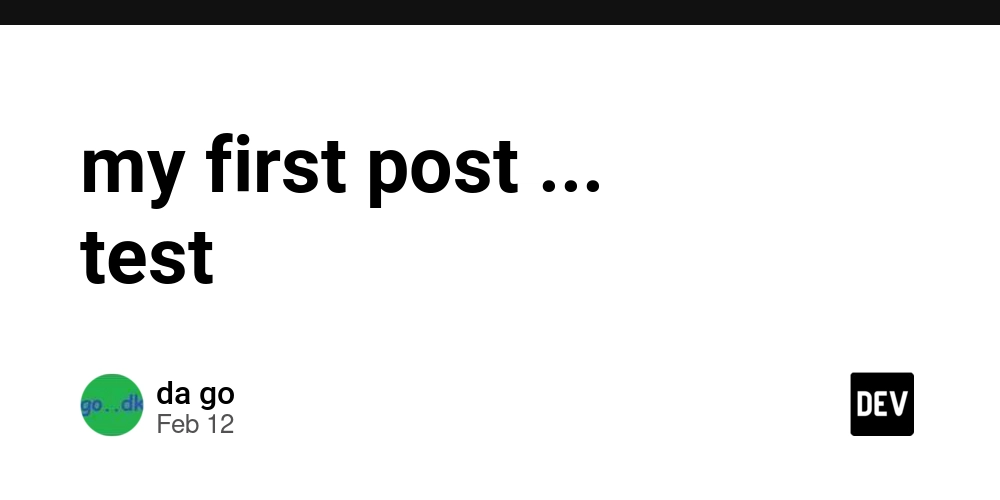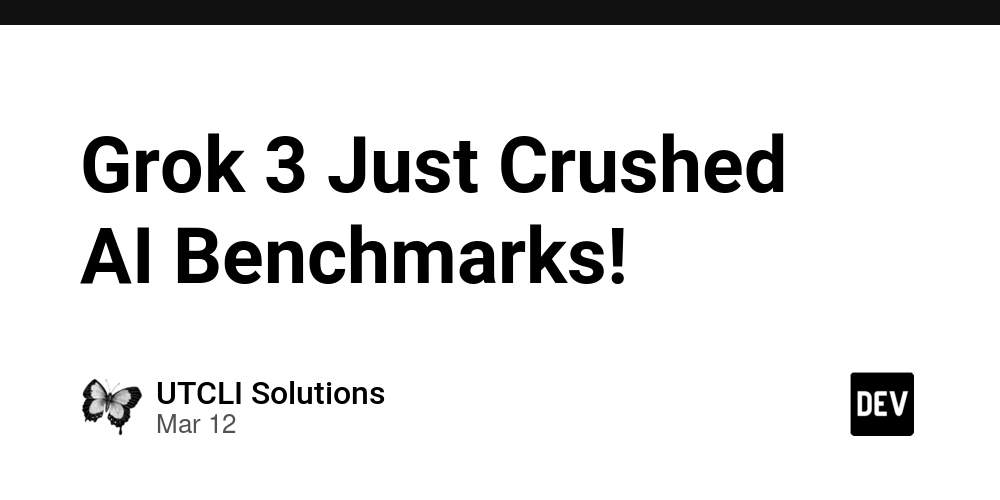How to Choose the Right Tech Stack for Your Website
Choosing the right tech stack for your website is a critical decision that impacts performance, scalability, and user experience. A well-structured tech stack ensures smooth development, security, and future growth. However, with numerous technologies available, making the right choice can be overwhelming. This guide will help you navigate the selection process effectively. Understanding a Tech Stack A tech stack is a combination of technologies used to develop a website. It typically includes: Front-End Technologies: These define the user interface and experience. Common choices include HTML, CSS, JavaScript, React, Angular, and Vue.js. Back-End Technologies: These handle server-side logic and data management. Popular options include Node.js, Python (Django/Flask), Ruby on Rails, PHP, and Java. Database: A database stores and manages website data. Examples include MySQL, PostgreSQL, MongoDB, and Firebase. Hosting & DevOps: Cloud platforms like AWS, Google Cloud, and Azure ensure smooth deployment, security, and scalability. Factors to Consider When Choosing a Tech Stack Project Requirements The first step in selecting a tech stack is understanding your project’s needs. A simple blog requires a different stack than an e-commerce platform or a social media website. Define factors such as: Expected traffic volume Required functionalities (e.g., authentication, payment integration) Security and compliance requirements Scalability and Performance Your website should be able to handle growth without performance issues. Some technologies are better suited for scalability: Vertical Scaling: Increasing server resources (e.g., more RAM, CPU power) Horizontal Scaling: Adding more servers to distribute load For instance, Node.js is great for handling high-traffic applications, while Python and Django are excellent for data-heavy applications. Development Speed and Cost Consider the time and budget constraints of your project. If speed is a priority, using frameworks like Ruby on Rails or Laravel can speed up development. Open-source technologies reduce costs, whereas enterprise solutions might offer better security and support. Security and Maintenance Security should be a top priority when choosing a tech stack. Some technologies have built-in security features, while others require additional configurations. Frameworks like Django and Laravel come with built-in security measures, while PHP and JavaScript may require extra precautions. Developer Availability and Expertise The availability of skilled developers plays a crucial role. If your team is experienced in JavaScript, using Node.js for the backend can be a logical choice. Additionally, partnering with a staff augmentation agency can help you scale your development team with specialized expertise. Community and Support A strong community ensures access to resources, tutorials, and troubleshooting support. Technologies like React, Python, and Node.js have active communities, making it easier to find solutions and updates. Conclusion Choosing the right tech stack requires a balance between functionality, scalability, security, and cost. By evaluating your project needs and available resources, you can make an informed decision that sets your website up for success. Whether you're building a simple site or a complex platform, the right tech stack will be the foundation of a smooth and efficient development process.

Choosing the right tech stack for your website is a critical decision that impacts performance, scalability, and user experience. A well-structured tech stack ensures smooth development, security, and future growth. However, with numerous technologies available, making the right choice can be overwhelming. This guide will help you navigate the selection process effectively.
Understanding a Tech Stack
A tech stack is a combination of technologies used to develop a website. It typically includes:
Front-End Technologies: These define the user interface and experience. Common choices include HTML, CSS, JavaScript, React, Angular, and Vue.js.
Back-End Technologies: These handle server-side logic and data management. Popular options include Node.js, Python (Django/Flask), Ruby on Rails, PHP, and Java.
Database: A database stores and manages website data. Examples include MySQL, PostgreSQL, MongoDB, and Firebase.
Hosting & DevOps: Cloud platforms like AWS, Google Cloud, and Azure ensure smooth deployment, security, and scalability.
Factors to Consider When Choosing a Tech Stack
- Project Requirements
The first step in selecting a tech stack is understanding your project’s needs. A simple blog requires a different stack than an e-commerce platform or a social media website. Define factors such as:
Expected traffic volume
Required functionalities (e.g., authentication, payment integration)
Security and compliance requirements
- Scalability and Performance
Your website should be able to handle growth without performance issues. Some technologies are better suited for scalability:
Vertical Scaling: Increasing server resources (e.g., more RAM, CPU power)
Horizontal Scaling: Adding more servers to distribute load
For instance, Node.js is great for handling high-traffic applications, while Python and Django are excellent for data-heavy applications.
- Development Speed and Cost
Consider the time and budget constraints of your project. If speed is a priority, using frameworks like Ruby on Rails or Laravel can speed up development. Open-source technologies reduce costs, whereas enterprise solutions might offer better security and support.
- Security and Maintenance
Security should be a top priority when choosing a tech stack. Some technologies have built-in security features, while others require additional configurations. Frameworks like Django and Laravel come with built-in security measures, while PHP and JavaScript may require extra precautions.
- Developer Availability and Expertise
The availability of skilled developers plays a crucial role. If your team is experienced in JavaScript, using Node.js for the backend can be a logical choice. Additionally, partnering with a staff augmentation agency can help you scale your development team with specialized expertise.
- Community and Support
A strong community ensures access to resources, tutorials, and troubleshooting support. Technologies like React, Python, and Node.js have active communities, making it easier to find solutions and updates.
Conclusion
Choosing the right tech stack requires a balance between functionality, scalability, security, and cost. By evaluating your project needs and available resources, you can make an informed decision that sets your website up for success. Whether you're building a simple site or a complex platform, the right tech stack will be the foundation of a smooth and efficient development process.









































































































































































![[The AI Show Episode 142]: ChatGPT’s New Image Generator, Studio Ghibli Craze and Backlash, Gemini 2.5, OpenAI Academy, 4o Updates, Vibe Marketing & xAI Acquires X](https://www.marketingaiinstitute.com/hubfs/ep%20142%20cover.png)


























































































































![[FREE EBOOKS] The Kubernetes Bible, The Ultimate Linux Shell Scripting Guide & Four More Best Selling Titles](https://www.javacodegeeks.com/wp-content/uploads/2012/12/jcg-logo.jpg)



![From drop-out to software architect with Jason Lengstorf [Podcast #167]](https://cdn.hashnode.com/res/hashnode/image/upload/v1743796461357/f3d19cd7-e6f5-4d7c-8bfc-eb974bc8da68.png?#)







































































































.png?#)




.jpg?#)


















 (1).webp?#)













_Christophe_Coat_Alamy.jpg?#)







































































































![Rapidus in Talks With Apple as It Accelerates Toward 2nm Chip Production [Report]](https://www.iclarified.com/images/news/96937/96937/96937-640.jpg)









































































































































